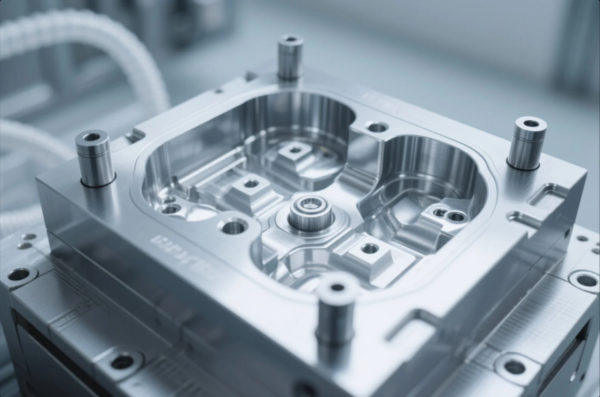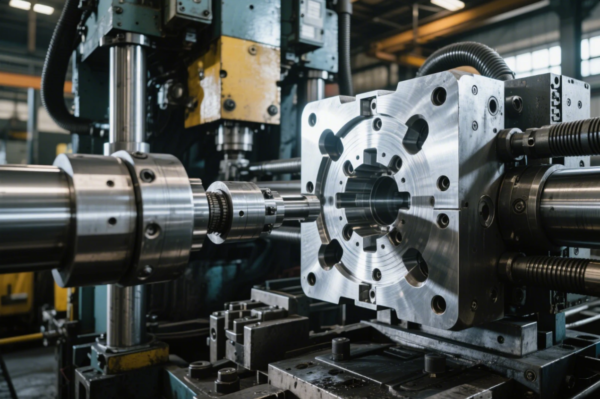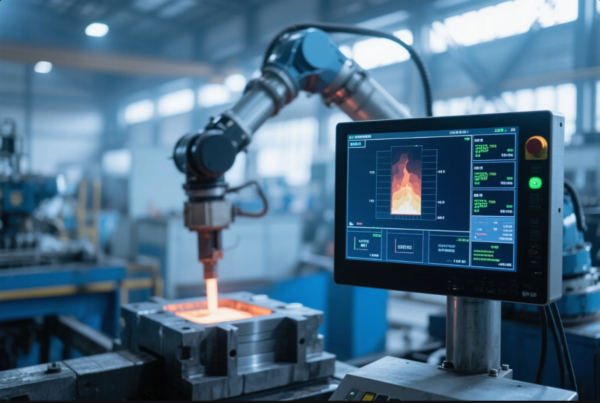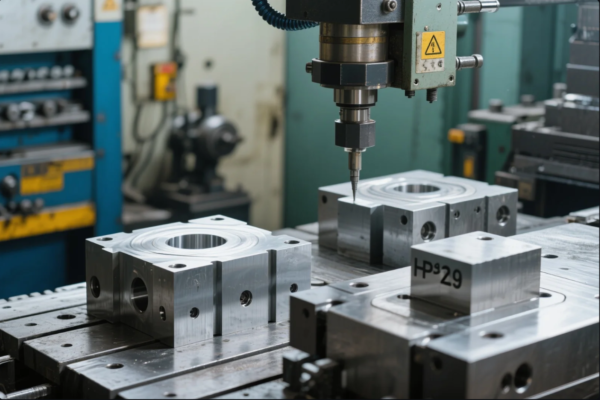What Does MIG Stand for in Welding?
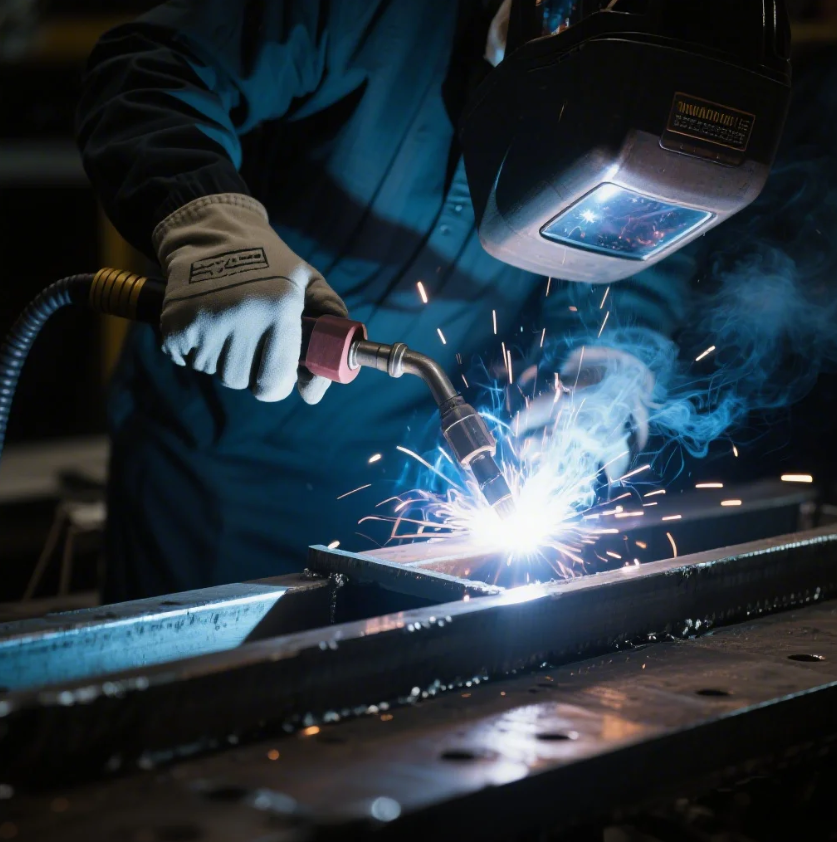
MIG welding is one of the most popular types of welding due to its versatility, ease of use, and ability to work on a variety of metals. But what exactly does MIG stand for, and why is it so widely used in industries today?
Snippet paragraph: MIG stands for Metal Inert Gas welding. Learn about its advantages, common uses, and how it compares to other types of welding processes like TIG and stick welding.
Transition paragraph: Keep reading to explore the differences between MIG and other welding methods, including TIG, stick welding, and MAG welding, to determine which is best for your projects.
What Do MIG and TIG Stand for in Welding?
MIG welding stands for Metal Inert Gas welding, while TIG welding stands for Tungsten Inert Gas welding. Both methods fall under the category of gas shielded arc welding, but they differ significantly in their processes, applications, and capabilities.
Snippet paragraph: MIG stands for Metal Inert Gas welding, and TIG stands for Tungsten Inert Gas welding. Both are popular gas-shielded arc welding techniques with unique advantages.

MIG Welding
In MIG welding, a continuous wire electrode is fed through the welding gun, and an inert gas (such as argon) shields the weld pool from contaminants in the air. This process is ideal for welding materials like steel, aluminum, and stainless steel, and it’s known for its speed and ease of use.
TIG Welding
In TIG welding, a non-consumable tungsten electrode is used to create the weld. The process uses an inert gas, typically argon, to shield the weld pool. TIG welding provides more precision and is ideal for thin metals and high-quality welds, but it requires more skill and takes longer than MIG welding.
Is a MIG Weld as Strong as a Stick Weld?
MIG welds are often compared to stick welds (also known as SMAW – Shielded Metal Arc Welding) in terms of strength and durability. While MIG welding can produce strong welds, stick welding is typically more reliable for certain heavy-duty applications.
Snippet paragraph: MIG welds can be as strong as stick welds depending on the material and application. However, stick welding often provides more durability in tough conditions.

MIG vs. Stick Weld
- MIG Welding: MIG welds are smooth, clean, and consistent, and they’re ideal for materials that don’t require as much penetration. They are often used in light to medium-duty applications and provide quick results.
- Stick Welding: Stick welds are more robust, especially for thicker materials. They are more reliable in harsh conditions and can handle dirty or rusted surfaces better than MIG welding.
Strength Comparison
While both MIG and stick welding can produce strong welds, stick welding tends to be preferred for heavy-duty tasks, especially in outdoor conditions, due to its ability to handle tougher materials and environments.
What’s the Difference Between MIG and MAG Welding?
MIG and MAG welding (Metal Active Gas welding) are similar in that both processes involve feeding a continuous wire electrode and using a shielding gas. The main difference lies in the type of gas used.
Snippet paragraph: MIG and MAG welding are very similar, with the primary difference being the type of shielding gas used. MAG welding uses active gases, while MIG welding uses inert gases.
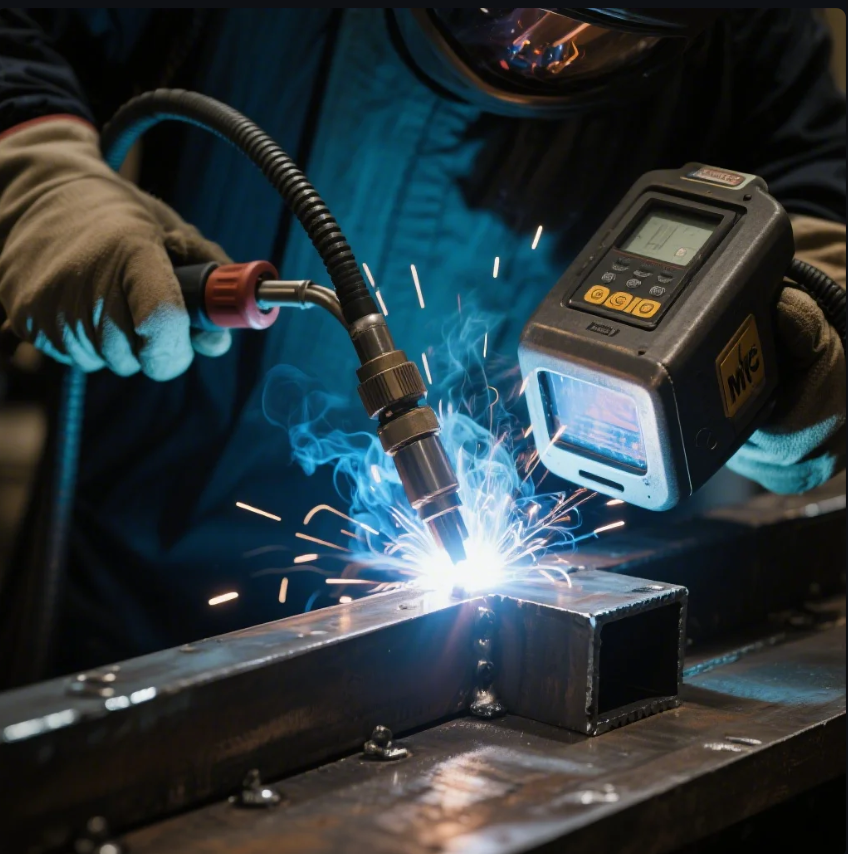
MIG Welding (Metal Inert Gas)
MIG welding uses an inert gas like argon or helium to shield the weld pool from contaminants. The inert gas doesn't react with the metal, making MIG welding ideal for welding non-reactive metals like aluminum and stainless steel.
MAG Welding (Metal Active Gas)
MAG welding uses an active gas like carbon dioxide or a carbon dioxide mixture. The active gases react with the weld pool, helping to improve penetration and creating a more robust bond. This method is primarily used for welding ferrous metals such as carbon steel.
| Welding Method | Gas Used | Common Applications | Key Difference |
|---|---|---|---|
| MIG | Inert gas (argon) | Non-ferrous metals (aluminum, stainless steel) | Uses inert gases, cleaner welds |
| MAG | Active gas (CO2) | Ferrous metals (carbon steel) | Uses active gases, better penetration |
Why Is It Called MIG Welding?
MIG welding is called Metal Inert Gas welding because it uses a metal electrode and an inert gas shield to protect the weld pool from contaminants in the air. The term reflects the process’s reliance on inert gases, which don’t react with the molten metal during welding, ensuring a clean and strong weld.
Snippet paragraph: MIG welding stands for Metal Inert Gas welding, named after the metal electrode and the inert gas used to protect the weld pool.

History of MIG Welding
MIG welding was developed during World War II to provide a faster, more efficient welding method for producing durable metal parts. Over the years, it has become one of the most widely used welding methods, particularly in industries like automotive, aerospace, and manufacturing.
Why Inert Gas?
The use of inert gases like argon is crucial because they do not react with the metals being welded. This helps prevent contamination of the weld pool, resulting in cleaner and more reliable welds.
Conclusion
MIG welding stands for Metal Inert Gas welding, and it’s one of the most versatile and widely used welding methods due to its speed and ease of use. By understanding the differences between MIG, TIG, and MAG welding, you can choose the best method for your specific application. Whether you're working with steel, aluminum, or other metals, MIG welding offers numerous advantages for quick and efficient welds.
Ready to start your next welding project? Contact Prime today for expert advice, custom solutions, and fast, reliable service. Get your free consultation and quote now!

